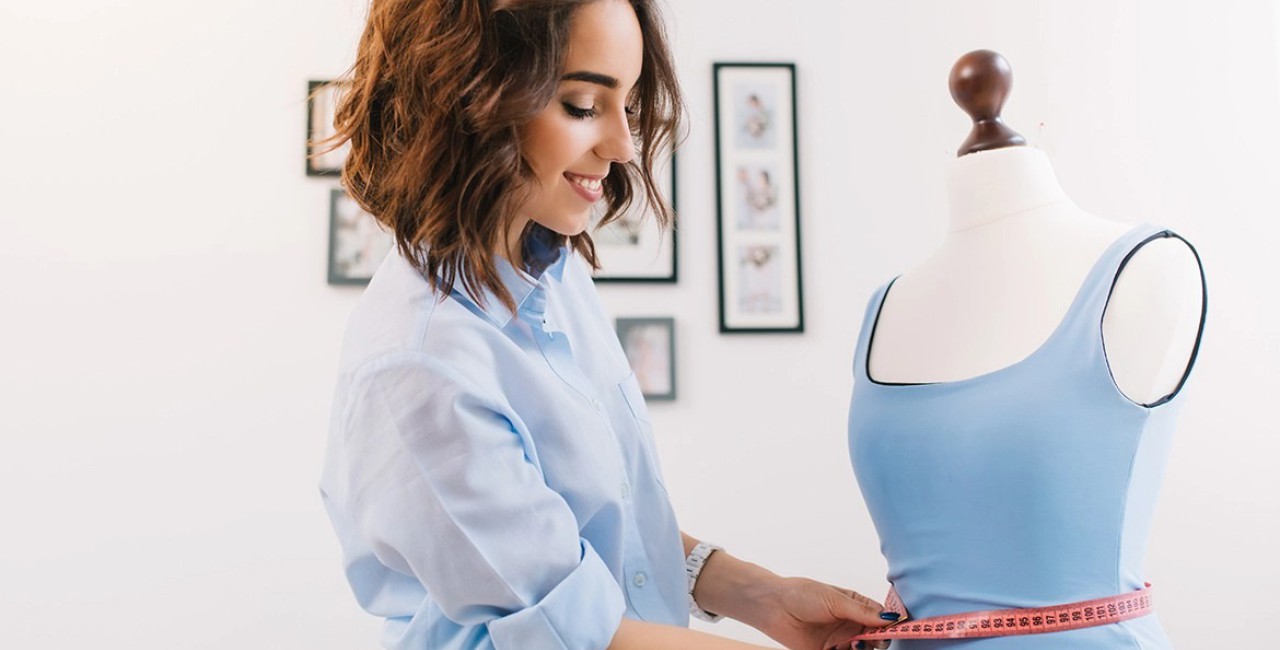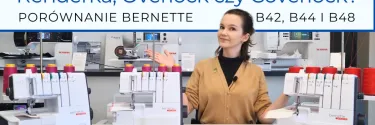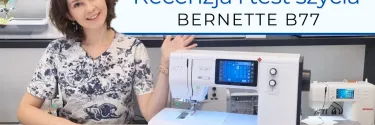People who want to start a tailoring adventure face dilemmas - which machine to choose and where to learn the trade? Some people are lucky that both the equipment and knowledge they inherit from their mother or grandmother. However, many people decide to start sewing "from scratch". Then they need solid support in the form of a good machine. Devices to choose from:
- mechanical - classic, easy to use, and at the same time the cheapest on the market. Good for the beginning when you take your first tailoring steps,
- electronic - more advanced devices that are intuitive to use and have many useful functions, e.g. stitch and letter sequence memory. We can embroider inscriptions and personalize your work. Their work also does not require the use of a speed regulator.
In addition to sewing machines, people interested in tailoring can choose:
- embroidery machines - used at home or in industry, perfect for embroidering photos, logos or inscriptions on the material,
- overlocks - they will not replace the sewing machine, but they will be its perfect complement. They allow you to perfectly cut and align the edges of materials in one operation, and then connect them with a strong 4 or 5-thread stitch.
Selection of utensils and fabrics
Talent and a drive for knowledge are not enough to become a good tailor. A very important ingredient is a good machine. We work with different materials. Some are difficult to sew. So we sew elastic, thin materials that tend to tighten or wrinkle. With a professional 3-, 4- or 5-thread overlock, you will be able to handle even problematic material perfectly, because the device has adjustable differential feed, stitch length or cutting width (e.g. Coverlock Pfaff model 3.0). If you have a good quality machine, it will be easier for you to create even difficult fabrics. Remember that sewing should also be fun!
The same goes for buying accessories. Often the best ones shorten and facilitate the execution time of a given activity. Sewing the elastic or hemming the material will become easier. Pay attention to whether they are compatible with your machine.
Where to get knowledge?
In the past, knowledge about the secrets of tailoring was passed down from generation to generation. Today, many talented people still rely on secrets observed in the studios of mothers or grandmothers. However, the widespread access to electronic media and the popularization of tailoring mean that there is no shortage of online tutorials and courses on the Internet. This is usually the most convenient way to improve your sewing technique in the comfort of your own home. Many Husqvarna and Pfaff machines have built-in tutorials. Just one touch and we can use lessons in the form of videos and graphics.
Intuitive sewing machines can be equally helpful not only in the initial phase, but also in the more advanced phase. Computerized, electric models such as the Husqvarna Opal 690Q or Pfaff Expression 720 have a number of features that facilitate learning and polishing skills. Among them, for example, special sensors to help with sewing, exclusive sensor systems or automatic settings of the best stitch parameters.
Passion and pleasure
Gaining knowledge is a pleasure, but only turning theory into practice allows you to derive satisfaction from completed tailoring projects. For many people, sewing is a source of joy, and the regular clatter of the machine is a soothing melody. Can you really relax while sewing? Of course, especially if you work on smart equipment with automatic thread trimmer (PFAFF QUILT AMBITION 630) or built-in over a hundred stitches (PFAFF AMBITION 610). More and more modern machines are designed in such a way as to support the tailor's work, making it pleasant and effective.
Hobbyist or professionally?
It's hard to hide your tailoring talent from the world. Many people who started their adventure with sewing with passion, over time turned it into a way of life. Usually, news about a talented seamstress in the area spreads quickly, and she herself gets more orders. Sometimes these are only alterations, narrowing, repairing clothes, sewing in zippers, sometimes larger orders related to sewing clothes. Depending on whether you intend to sew as an amateur or rather try to earn money from your hobby, you need to match the type of machine.
For home use (at least at the beginning), classic mechanical devices are enough. Over time, you will be able to replace a simple device with high-end equipment that will open up new horizons for you. Prices for electrical and computer machines are usually a bit higher. Such an investment pays off, especially if you are thinking about sewing for money on a larger scale.






![Redstar RQ60 Heavy Duty – The Machine That Can Sew Through Anything! [Video Review and Test]](https://maszynydoszycia.pl/modules/amazzingblog/views/img/uploads/posts/41/s/1-67a492d290351.webp)

0 comment(s)